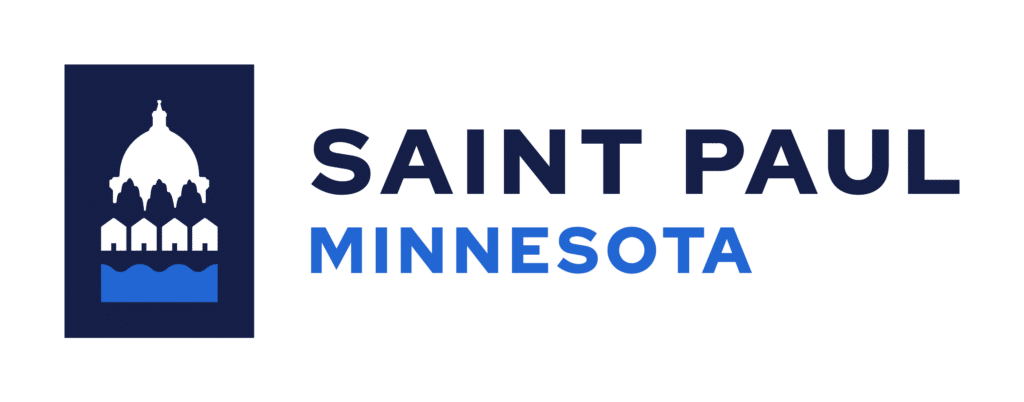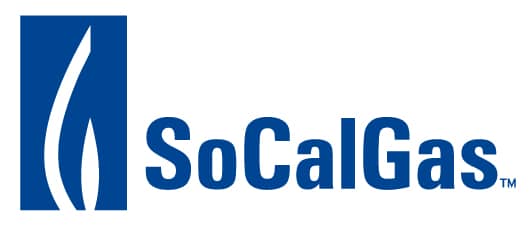
DWR lays out the following mid-term and long-term GHG emissions reduction goals to guide decision-making beyond 2020:
The DWR is currently in the process of updating our Climate Action Plan, which aims to set a goal of 100 percent of electricity load with zero-carbon resources by 2035.
DWR’s Long-term Goal is consistent with the emissions reduction goals and policies established in Senate Bill 1020 (2022) and Senate Bill 1203 (2022). By achieving carbon neutrality by 2035, DWR will also exceed the statewide goal of reducing emissions by at least 80 percent below the 1990 level by 2050, which was established in Executive Order S-3-05 (2005).
The Climate Action Plan is the Department’s guide to addressing climate change in the programs, projects, and activities over which it has authority.
Our Climate Action Plan is divided into three phases to address mitigation, adaptation, and consistency in the analysis of climate change:
DWR will consider purchasing carbon offsets from other entities as needed to meet its GHG reduction goals. Carbon offsets purchased by DWR pursuant to Update 2023 must represent a real, permanent, quantifiable, verifiable, enforceable, and additional reduction of GHG emissions consistent with the requirements of AB 32
The mission of the California Department of Water Resources (CDWR) is to manage the water resources of California in cooperation with other agencies for the benefit of the state’s people and protect, restore, and enhance the natural and human environments. DWR operates and maintains the State Water Project (SWP), including the California Aqueduct, and provides dam safety, flood control, and local water management assistance while it plans for State’s future water needs.



Schedule a call with us to receive a free demo of the Net-Zero Portal and learn how we can support your organization’s net-zero goals.
Website by SeriousOtters